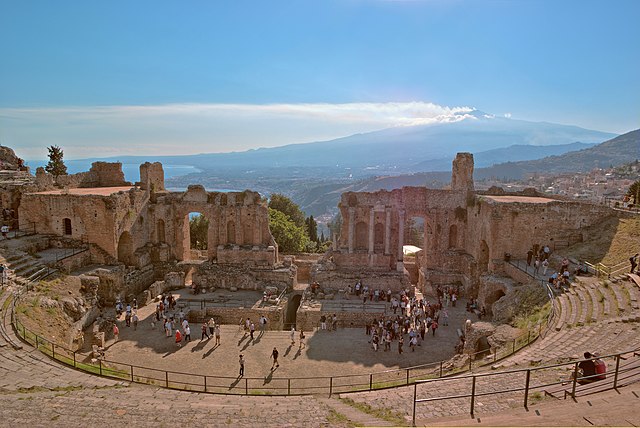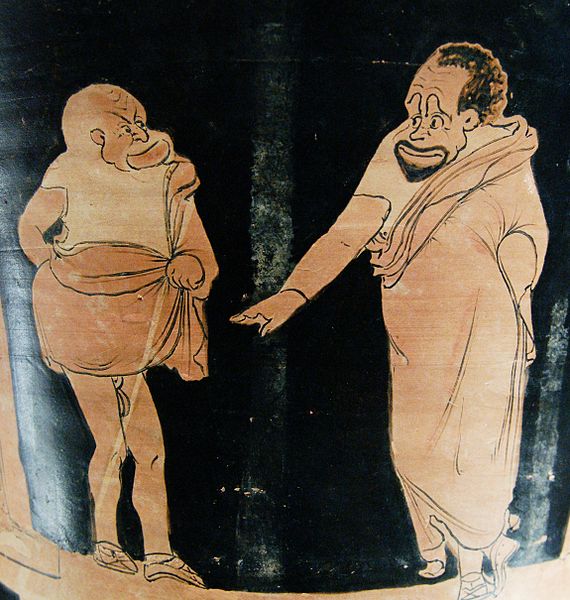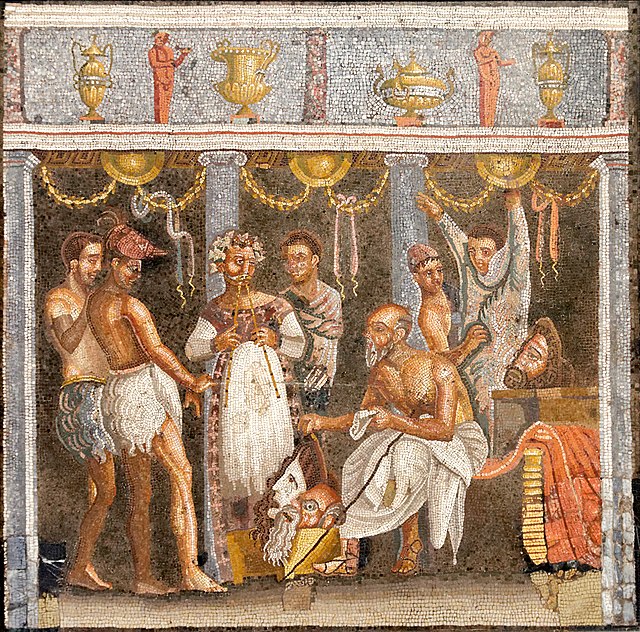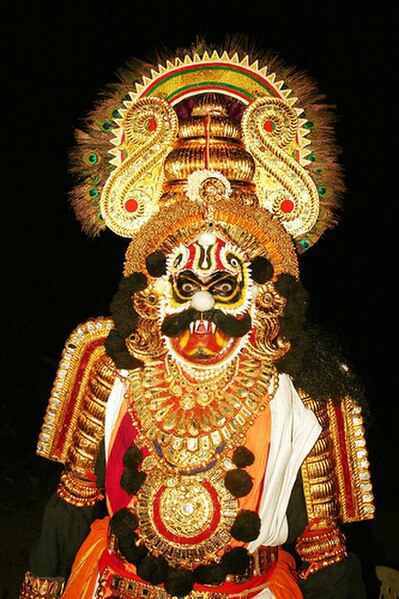Stagecraft is a technical aspect of theatrical, film, and video production. It includes constructing and rigging scenery; hanging and focusing of lighting; design and procurement of costumes; make-up; stage management; audio engineering; and procurement of props. Stagecraft is distinct from the wider umbrella term of scenography. Considered a technical rather than an artistic field, it is primarily the practical implementation of a scenic designer's artistic vision.
Early stagecraft master Robert Edmond Jones drawing at a high table (c. 1920).
Performance of Gijsbrecht van Aemstel in Amsterdam (c. 1904-1905).
Theatre or theater is a collaborative form of performing art that uses live performers, usually actors or actresses, to present the experience of a real or imagined event before a live audience in a specific place, often a stage. The performers may communicate this experience to the audience through combinations of gesture, speech, song, music, and dance. It is the oldest form of drama, though live theatre has now been joined by modern recorded forms. Elements of art, such as painted scenery and stagecraft such as lighting are used to enhance the physicality, presence and immediacy of the experience. Places, normally buildings, where performances regularly take place are also called "theatres", as derived from the Ancient Greek θέατρον, itself from θεάομαι.
Greek theatre of Taormina, Sicily, Italy
A depiction of actors playing the roles of a master (right) and his slave (left) in a Greek phlyax play, c. 350/340 BCE
Roman mosaic depicting actors and an aulos player (House of the Tragic Poet, Pompeii).
Rakshasa or the demon as depicted in Yakshagana, a form of musical dance-drama from India






